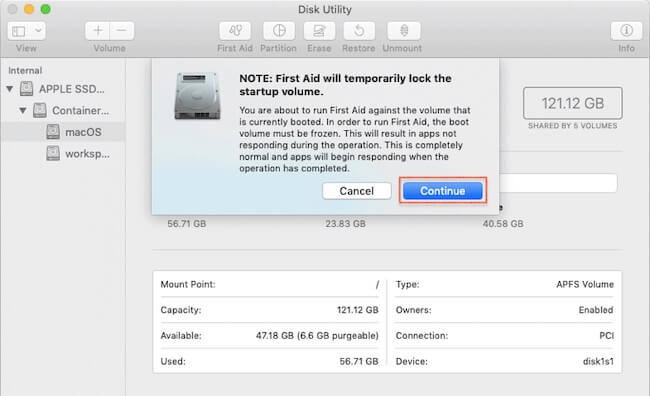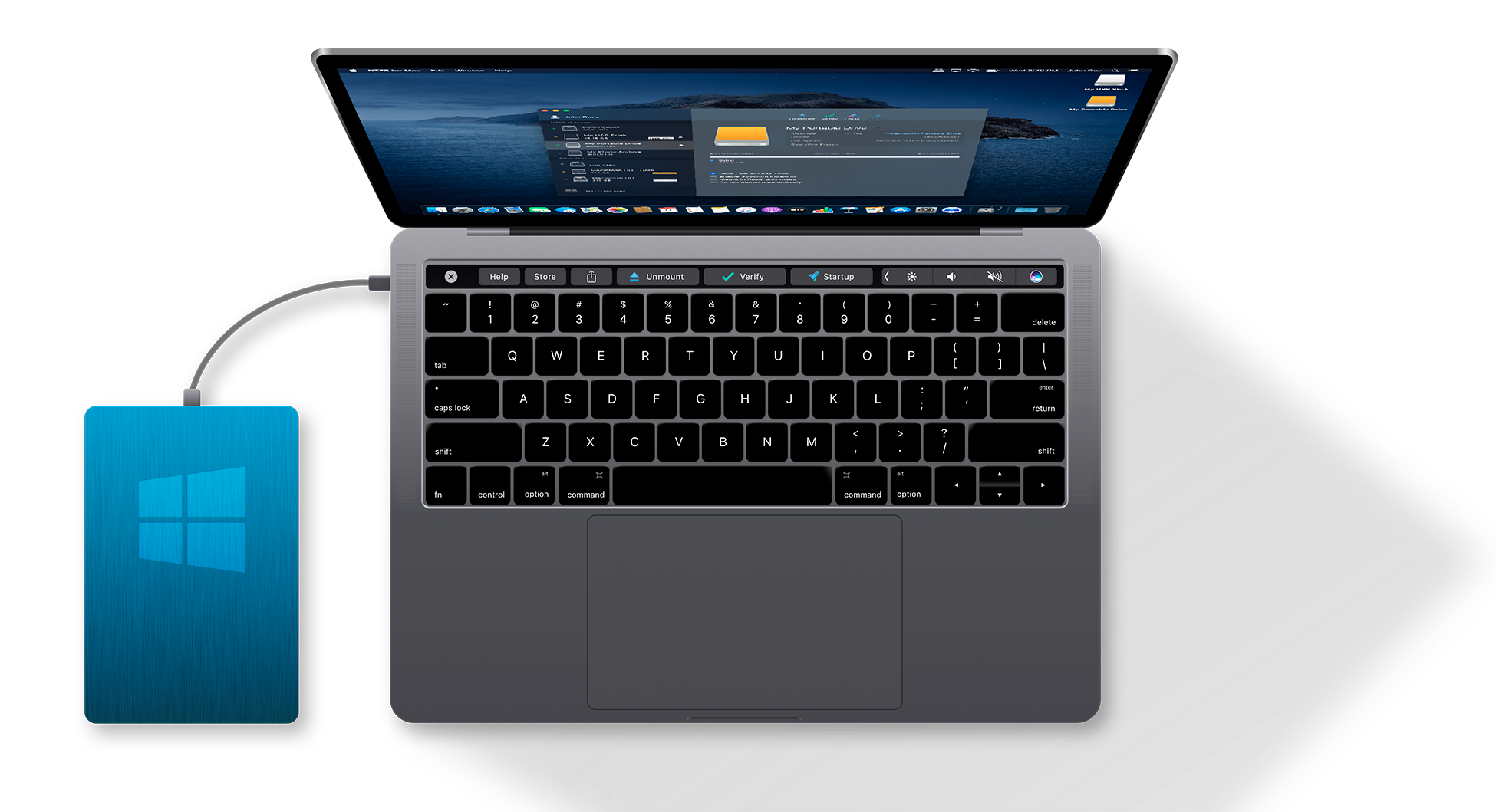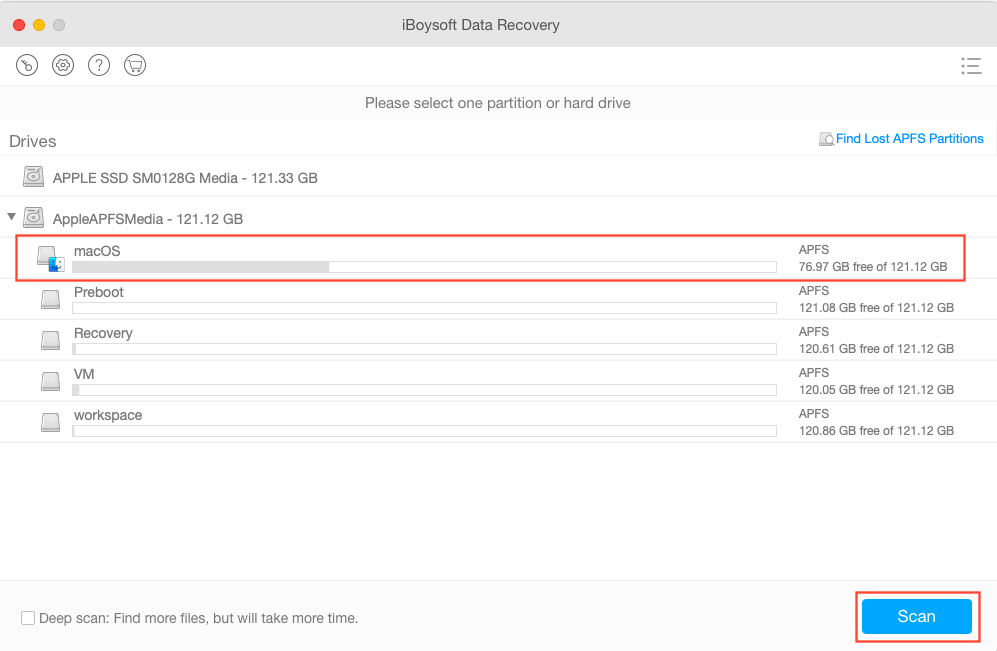

You can do this with diskutil mount and the -mountPoint option. Volume Recovery HD on /dev/disk0s3 mountedĪddition for edit to OP's question: mounting to a custom path Volume Recovery HD on 67EG87EB-CB01-4ED9-082D-303F63CF6394 mountedīy disk identifier: $ diskutil mount /dev/disk0s3 Volume Recovery HD on Recovery HD mountedīy UUID: $ diskutil mount 67EG87EB-CB01-4ED9-082D-303F63CF6394 Volume UUID: 1F340CD7-G071-4218-98DG-2D08G89CC57Cĭisk / Partition UUID: 76E7G531-G6C3-5E37-C11B-BCEEC67D12G4Īs shown above, the identifier can be found from the IDENTIFIER column, the label from the NAME column, and the UUID from either UUID field (either UUID will mount the volume). The returned values from these commands should look something like the following: $ diskutil listĢ: Apple_HFS Macintosh SSD 499.4 GB disk0s2ģ: Apple_Boot Recovery HD 650.0 MB disk0s3 Obtaining these identifiers/UUIDs/labels are simple, with either of the following commands: diskutil list # lists all connected volumes and their identifiersĭiskutil info /dev/diskXsY | grep UUID # gets the UUID of a connected volume a GPT map's partition UUID, or it can be an AppleRAID (or CoreStorage) set (LV) or member (PV) UUID. The UUID can be a "media" UUIDĪs derived from e.g. O The URL form of any of the volume mount point forms described above. your/custom/mountpoint/here is also accepted. Any entry of the form of /Volumes/*, e.g. Any entry of the form of /dev/disk*, e.g. O The device node entry containing the disk identifier. From the man page:Ī device parameter to any of the above commands (except whereĮxplicitly required otherwise) can usually be any of the following: With diskutil, node identifiers ( /dev/diskXsY) are interchangeable with UUIDs: in any diskutil operation (such as eject), a UUID can be specified instead of a node identifier. To mount a volume by label: diskutil mount To mount a volume by UUID: diskutil mount To mount a volume/disk by identifier: diskutil mount /dev/diskXsY # mounts just that volumeĭiskutil mountDisk /dev/diskX # mounts the whole disk When using OS X, it's usually more advisable to use diskutil for disk-related activities. My goal is to put the mount line in /etc/fstab as I want to mount a volume to a custom mountpoint. Mount using the volume identifier works mymac:~ user$ sudo mount -t hfs /dev/disk0s4 /Users/user/test Mount using the volume UUID does not work with or without quotes: $ sudo mount -t hfs uuid=F8C88B2D-5412-343B-8969-254F3AC559B8 /Users/user/test GetMasterBlock: Error 2 opening LABEL=Data Mount using the volume label does not work: $ sudo mount -t hfs LABEL=Data /Users/user/test Read-Only Volume: Not applicable (not mounted)
#What does mount the disc for mac free
Volume Free Space: 0 B (0 Bytes) (exactly 0 512-Byte-Units)
#What does mount the disc for mac mac

At the prompt enter /usr/bin/drutil eject. If all else fails, you can try these methods:

Though Apple slowly phased out optical drives from its Mac lineup over the years, you might still have a MacBook or desktop Mac with a disc drive.


 0 kommentar(er)
0 kommentar(er)
